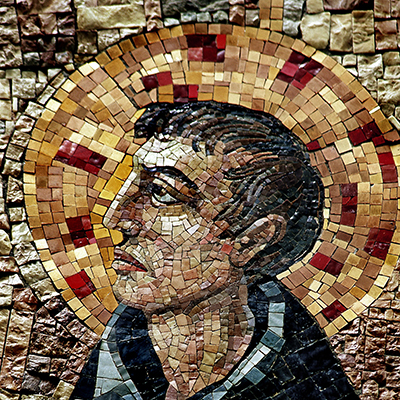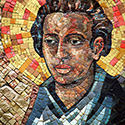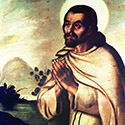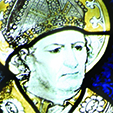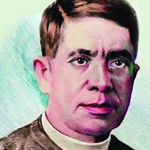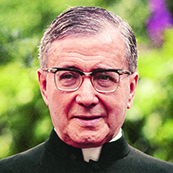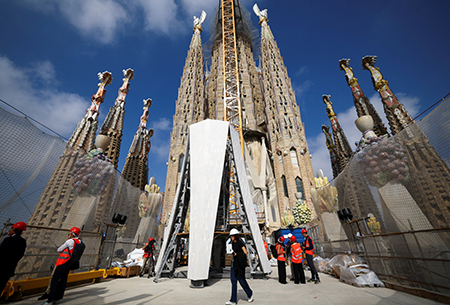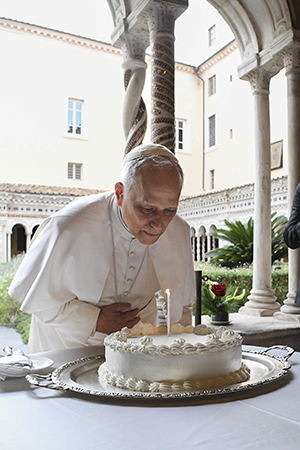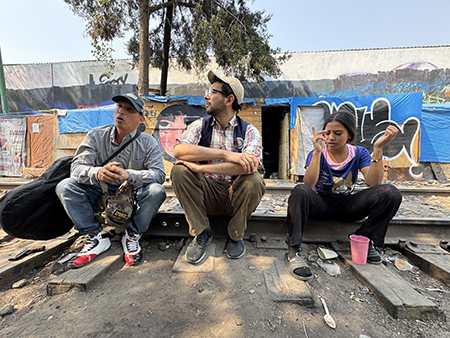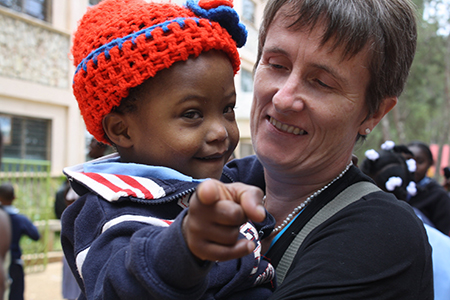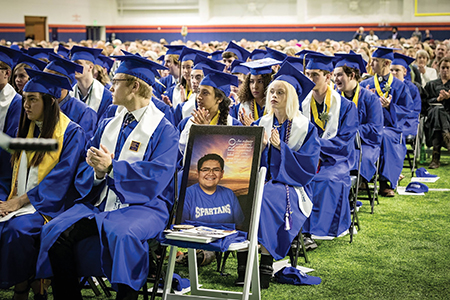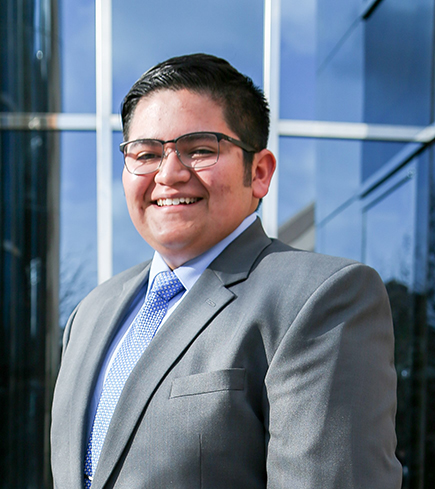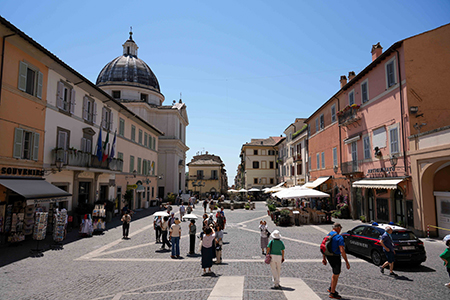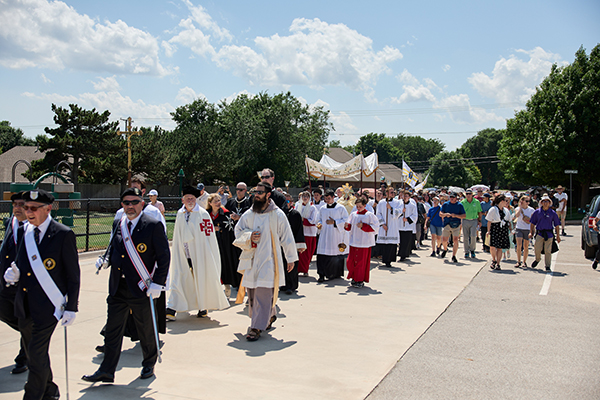By Junno Arocho Esteves
(OSV News) – When Pope Leo XIV raised three women and four men to the altar on Oct. 19, he canonized a diverse group of religious and lay men and women, all bound by the virtue of holding on to their faith amid spiritual and external challenges.
The canonizations, which were announced by the Vatican June 13 during the pope’s first ordinary public consistory, elevated to sainthood seven candidates who hail from Venezuela, Turkey, Papua New Guinea and Italy.
St. María Carmen Elena Rendiles Martínez, who was born without a left arm, overcame physical challenges and founded a religious congregation, the Servants of Jesus of Caracas, which was dedicated to pastoral ministry and education.
St. Maria Troncatti, an Italian Salesian, dedicated her life as a missionary to Indigenous peoples in the Amazon rainforest, earning her the informal title of “doctor of the jungle,” while St. Vincenza Maria Poloni dedicated her ministry to the sick and the poor, whom she deemed as “our masters.”
Others, such as St. Ignazio Choukrallah Maloyan, an Armenian Catholic archbishop, and St. Peter To Rot, were martyred for their faith.
Among the most well-known is St. Bartolo Longo, a former Satanist priest who, after his conversion, dedicated his life as a Dominican tertiary to promoting the rosary and Marian devotion.
For Dominican Father Joseph Anthony Kress, promoter of the rosary for the Province of St. Joseph and associate director of the Dominican Friars Foundation, the example of the challenges faced by St. Longo and the other six sainthood candidates shows “that this earthly pilgrimage is not a sanitized experience.”
Speaking to OSV News Oct. 10, Father Kress said that like Christ, who stumbled and fell “on his way to making that supreme sacrifice,” Christian lives reflect the same struggle.
“We don’t need to try to perfect or sanitize our lives before we offer them to Jesus, but we can invite him into the suffering and the struggle,” he said.
“All of these saints experienced different elements of struggle throughout their lives: physical struggles, psychological struggles, spiritual desolations. But in the midst of all of that, they maintained a constant relationship with the Lord and invited him into those moments.”
“That’s where holiness is,” Father Kress added.
Another notable aspect of some of the candidates is the fact that they were lay members of the Catholic Church. St. Longo was a lay member of the Dominican order, while St. José Gregorio Hernández Cisneros of Venezuela was a Franciscan tertiary. St. Peter To Rot, a martyr from Papua New Guinea, was married and served as a lay catechist.
Father Kress told OSV News that those like Sts. Longo and Hernández prove that “we can still be inspired by the great charisms of these religious orders in the Catholic Church, and to be unafraid to pursue that; to be unafraid of committing to that.”
“We live in a society, man, that is just so fraught and afraid to make any kind of commitment to a specific thing,” he said. “And some of these saints who have been tertiaries have made those commitments, and it’s a great message of hope and confidence in the Lord, and confidence in our individual humanity and personalities to say, ‘This charism is something that attracts me, and I want to participate in that in ways that make sense.’”
Below are brief summaries of the church’s seven newest saints:
St. María Carmen Elena Rendiles Martínez was a Venezuelan religious sister and founder of the Servants of Jesus of Caracas. Born without a left arm, her life exemplified overcoming physical challenges. She established the Servants of Jesus of Caracas in 1965, dedicating her community to education and spiritual outreach. She died May 9, 1977, in Caracas. She is Venezuela’s first female saint.
St. José Gregorio Hernández Cisneros was a Venezuelan physician and scientist known widely as the “Doctor of the Poor.” Born Oct. 26, 1864, in Isnotú, Venezuela, he was instrumental in introducing modern medical science to the country and founded its first bacteriology laboratory. A devoted layman and Franciscan tertiary, he provided free medical care to the poor throughout his career. He died June 29, 1919, in Caracas after being struck by an automobile while running an errand for a sick patient.
St. Ignazio Choukrallah Maloyan was the Armenian Catholic archbishop of Mardin. Born April 19, 1869, in Mardin, Ottoman Empire (now Turkey), he was consecrated as archbishop in 1911. During the Armenian Genocide in 1915, he was arrested by Ottoman authorities who demanded he renounce his Christian faith and convert to Islam. He refused and was subsequently tortured and martyred on June 11, 1915.
St. Peter To Rot was a married father and lay catechist from Papua New Guinea. Born in 1912 in Rakunai, he took on a vital leadership role when Japanese forces imprisoned missionaries during World War II. He became the sole spiritual guide for his community and strongly defended Christian marriage against the Japanese-promoted return of polygamy. For this opposition, he was arrested. He was martyred in a Japanese prison camp in Rakunai, Papua New Guinea, in July 1945.
St. Vincenza Maria Poloni (born Luigia Poloni) was an Italian religious sister and co-founder of the Sisters of Mercy of Verona. Born Jan. 26, 1802, in Verona, she dedicated her life to works of charity. She helped establish the congregation in 1840 to care for the sick, the poor, and orphans, emphasizing merciful love for the marginalized. She famously referred to the poor as “our masters.” She died Nov. 11, 1855, in Verona.
St. Maria Troncatti was a Salesian nun and nurse who served as a missionary in the Amazon rainforest. Born Feb. 16, 1883, in Corteno Golgi, Italy, she arrived in Ecuador in 1922 and spent nearly five decades working among the Indigenous Shuar people. Known as the “doctor of the jungle,” she ministered to physical and spiritual needs, notably promoting the dignity of women and reconciliation among tribal groups. She died Aug. 25, 1969, in Sucúa, Ecuador, in a small plane crash while traveling to a retreat.
St. Bartolo Longo was an Italian lawyer and lay Dominican tertiary. Born Feb. 10, 1841, in Latiano, he experienced a dramatic conversion after a period of involvement with a spiritualist cult, which included being consecrated as a satanic priest. He devoted his life to promoting the rosary and serving the materially and spiritually poor peasants near Pompeii, where he founded the Shrine of Our Lady of the Rosary of Pompeii and several charitable institutions for children. He died Oct. 5, 1926, in Pompeii.
(Junno Arocho Esteves writes for OSV News from Malmö, Sweden.)


